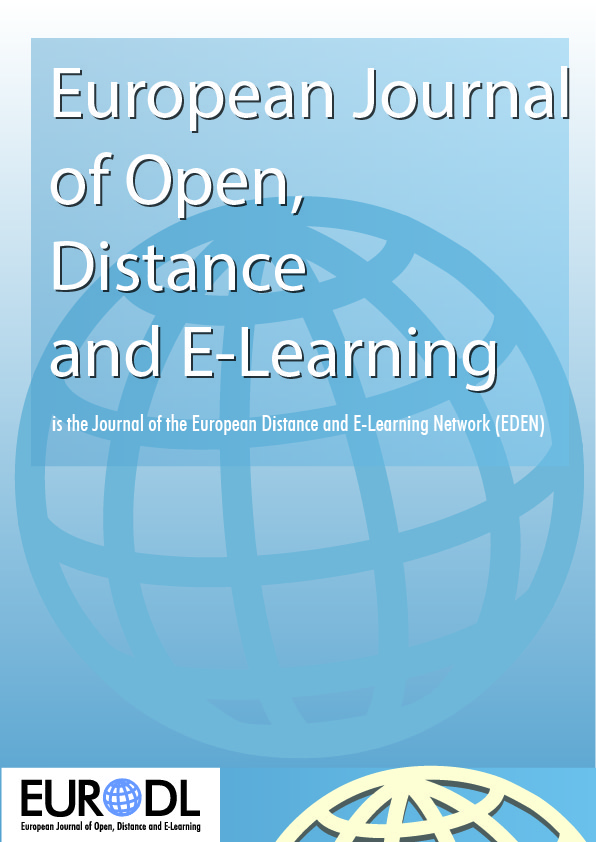Web 2.0 Use in Higher Education
Web 2.0 Use in Higher Education
Author(s): Michelle Rogers-EstableSubject(s): Social Sciences, Education, Higher Education
Published by: European Distance and E-Learning Network
Keywords: Web 2.0;Higher education;
Summary/Abstract: This study analyzed current uses of emerging Web 2.0 technologies in higher education with the intent to better understand which tools teachers are using in the classroom. A total of 189 faculty in higher education from three western US universities were invited to participate, with 54 completing the survey. The survey included open-ended questions as well to offer an alternative analysis approach. In this study, the respondents claimed that the intrinsic factors of a lack of time and training were the main barriers to use, and reported positive views of Web 2.0 use in class, with 75% saying that these tools would benefit students and 83% saying they would benefit teacher-student interactions. In contrast to these results only 44% of the respondents used at least 4 of the 13 listed Web 2.0 tools with students. The reported uses did not match with the reported benefits, and this would support the results that extrinsic factors (time, training, support), instead of intrinsic factors (beliefs, motivation, confidence) are the main barriers to faculty in this study using more Web 2.0 in education. The top five Web 2.0 tools used, in order of preference, follow: (a) video sharing with tools like YouTube; (b) instant messaging; (c) blogs; (d) social communities, such as Facebook; and (e) podcasts or video casts. This data was originally submitted to the Abraham S. Fischler School of Education in Partial Fulfilment of the Requirements for the Degree of Doctor of Education.
Journal: European Journal of Open, Distance and E-Learning (EURODL)
- Issue Year: 17/2014
- Issue No: 2
- Page Range: 130-142
- Page Count: 13
- Language: English

